
The selection of pyrophyllite grinding mill needs to be divided into various models according to the different production capacity needs and the requirements of discharge fineness.
Pyrophyllite is a layered hydrated aluminosilicate mineral with a 2:1 crystalline structure, belonging to the clay mineral group. Its chemical formula is Al2[Si4O10](OH)2. It possesses a fine texture and exhibits low hardness (1-2). The crystals are flat, elongated, and often distorted, commonly occurring in blade-like, fibrous, radial, and lamellar formations. It can display various colors such as white, grey, light blue, light yellow, light green or greenish-brown with streaks of white. Pyrophyllite is transparent to translucent and showcases a pearly luster on fresh surfaces. It has a greasy tactile sensation and readily flakes off upon heating; moreover it demonstrates insolubility in most acids.
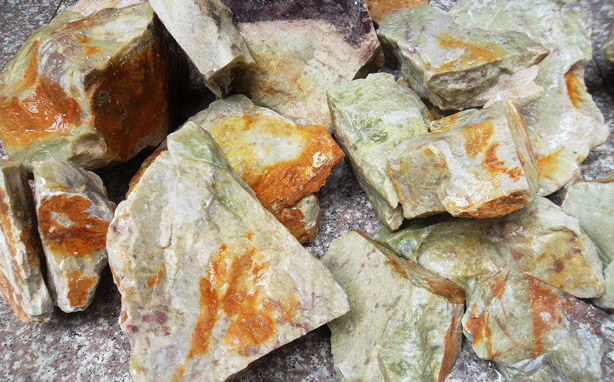
According to the ore elements, pyrophyllite can be classified into different types:
The predominant mineral in pyrophyllite is pyrophyllite, constituting 90% of its composition. Other minerals present include chalcedony and limonite.
In hydrobauxite pyrophyllite, the primary mineral is also pyrophyllite, accompanied by secondary minerals such as hydrobauxite and trace amounts of limonite and rutile.
In kaolinite pyrophyllite, the primary mineral is kaolinite with a secondary mineral of pyrophyllite containing trace amounts of limonite and rutile.
Siliceous pyrophyllites have a primary mineral of pyrophyllites with secondary minerals such as quartz and chalcedony along with trace amounts of limonites.
Pyrophyllite ores can also be classified into industrial pyrophyllite and engraving pyrophyllite based on their different uses. Among them, industrial pyrophyllite is further categorized into high-aluminum pyrophyllite, aluminum pyrophyllite, and low-aluminum pyrophyllite based on the aluminum content.
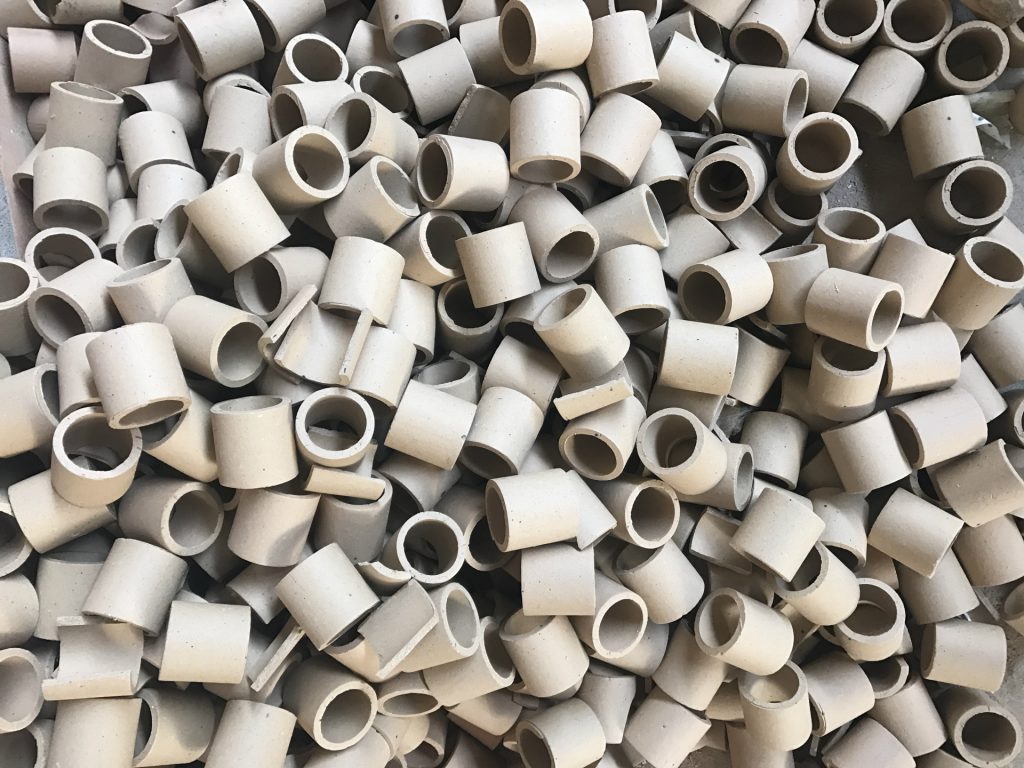
Amorphous refractories are a type of unshaped refractory. However, they may experience cracks and spalling during use due to sintering shrinkage caused by high temperatures or shrinkage caused by other raw materials. These issues significantly reduce the service life of amorphous refractories. To address this problem, pyrophyllite can be incorporated into amorphous refractories as it undergoes volume expansion at a specific temperature. This addition greatly enhances the volume stability of the refractories and prolongs their service life. Xia Xinpeng et al. utilized kaolin consisting of both kaolin and pyrophyllite as the primary phase for preparing cannon mud. Under identical conditions, kaolin containing the pyrophyllite phase exhibited superior plasticity for cannon mud and improved its sintering strength.
Shaped refractories: Pyrophyllite, when added to the shaped refractory brick, can form a SiO2-rich mullite phase. This results in the formation of secondary mullite during use, which offsets the material’s shrinkage and improves its volume stability. Sun Huayun et al. used high bauxite as the main raw material and incorporated “three stone” minerals and pyrophyllite as expansion agents to develop a new type of carbon-free ladle lining brick – micro-expansion high aluminum brick. In practical applications, due to its micro expansion properties, the joints of these bricks can be tightly sealed, resulting in excellent integrity for the entire ladle lining. This enhances slag erosion resistance of the high-alumina brick and extends the service life of the ladle.
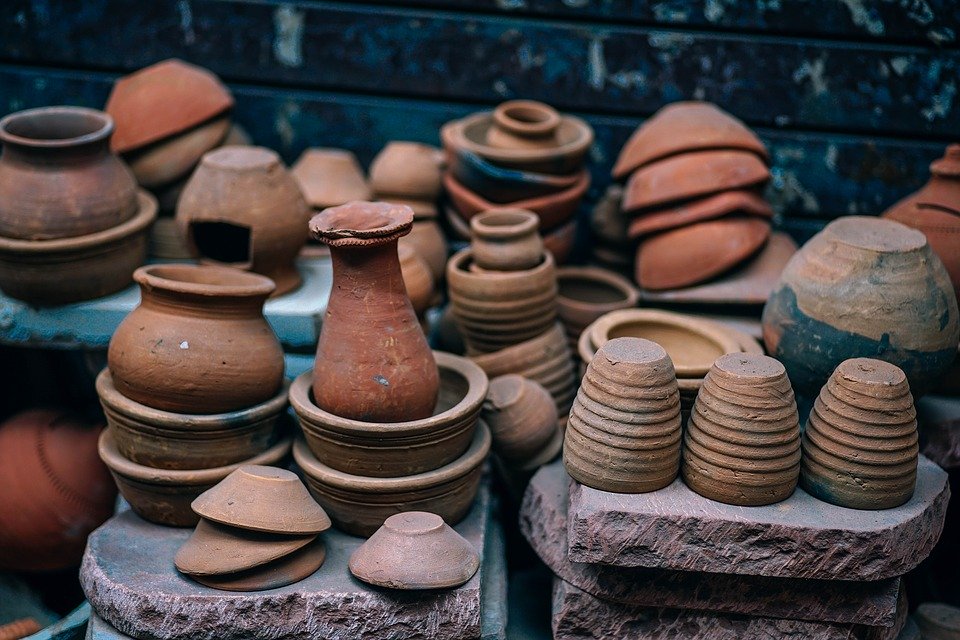
Pyrophyllite, a high alumina silicate clay mineral, is an excellent ceramic raw material primarily utilized in the production of building ceramics, sanitary ceramics, polished tiles, glazed tiles, wall and floor tiles, as well as traditional ceramics and functional ceramics like dielectric ceramics.
Building sanitary ceramics:
The building sanitary ceramics manufactured using pyrophyllite as the primary raw material possess exceptional thermal shock resistance and exhibit stable performance. Pyrophyllite is extensively utilized as a raw material in high-grade glazed tiles, sanitary ware, and porcelain tiles due to its low thermal expansion. This enables rapid firing of glazed tiles, ceramic tiles, and sanitary ware, resulting in reduced product shrinkage and enhanced strength.
Dielectric ceramics:
Dielectric ceramics can be prepared using pyrophyllite, which possesses insulating properties. Sun Yiting et al. employed purified natural pyrophyllite as the raw material and incorporated BaCO3, MgO, and SiC to fabricate dielectric ceramics through high-temperature sintering. The findings indicate that natural pyrophyllite exhibits a reduction in the dielectric constant and dielectric loss of the ceramics while simultaneously enhancing their dielectric properties.
Acid Resistant ceramics:
Acid-resistant ceramics, a type of clay semi-porcelain material, are extensively utilized due to their exceptional resistance against corrosion, wear, and pollution caused by both inorganic and organic acids. These ceramics find widespread applications across various industries including petroleum, chemical, pharmaceuticals, food processing, papermaking, among others.
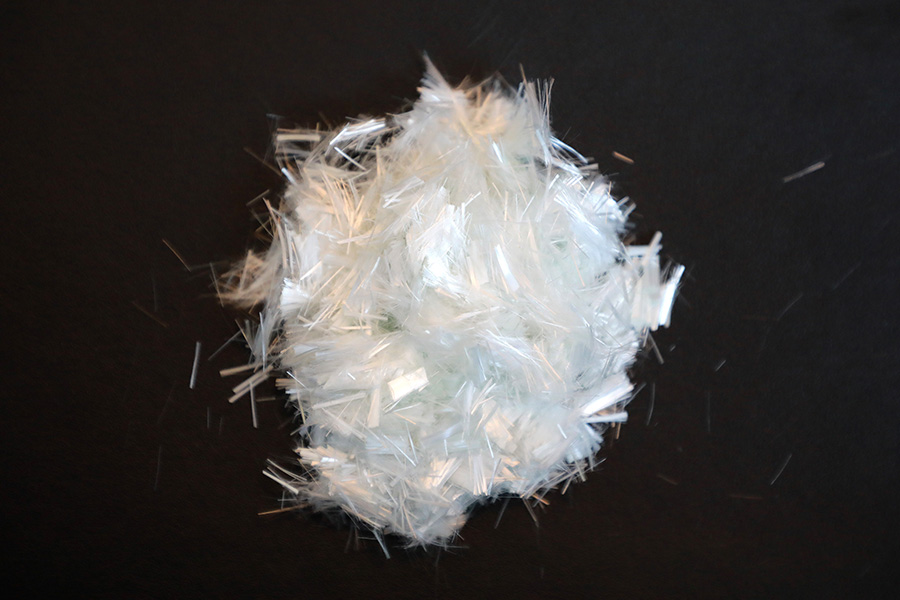
Glass fiber is primarily composed of pyrophyllite, quartz sand, and limestone as raw materials. The pyrophyllite content accounts for over 50%. It undergoes high-temperature melting, wire drawing, yarn making, weaving, and other processes to produce exceptional inorganic non-metallic materials with excellent insulation, heat resistance, corrosion resistance, and high mechanical strength advantages. The monofilament diameter ranges from several microns to over 20 microns. It can be categorized into E glass fiber, S glass fiber, C glass fiber, and A glass fiber. Generally speaking, aluminum pyrophyllite with an Al2O3 content of approximately 18%-22% is utilized as the raw material for manufacturing glass fibers. Deviations in the Al2O3 content in pyrophyllite may impact the production process. Pyrophyllite can serve as the primary raw material for producing alkali-free or medium alkali glass beads. Additionally it can be melted and drawn with quartz to create fiberglass reinforced plastic (FRP), or transformed into acid-resistant cloth,alkali-resistant cloth,and high-temperature resistant cloth which are novel types of wall materials.
We recommend the use of Raymond mill, which is a highly efficient and energy-saving advanced grinding equipment that combines drying, crushing, grading, and conveying functions. The advantages of Raymond grinding machine include high grinding efficiency, low power consumption, large feeding size, easy adjustment of product fineness, simple equipment process, small footprint, low noise level and dust emission. It is also user-friendly and requires minimal maintenance with low operating costs. Additionally, it consumes less wear-resistant materials. This versatile machine can be widely used in industries such as electric power generation, metallurgy, cement production, chemical processing as well as non-metallic ore processing. Its applications mainly involve grinding various materials including cement raw materials,clinker,power plant desulfurization,limestone,slag,manganeseore,gypsum,coal,barite,calciteand bauxite.
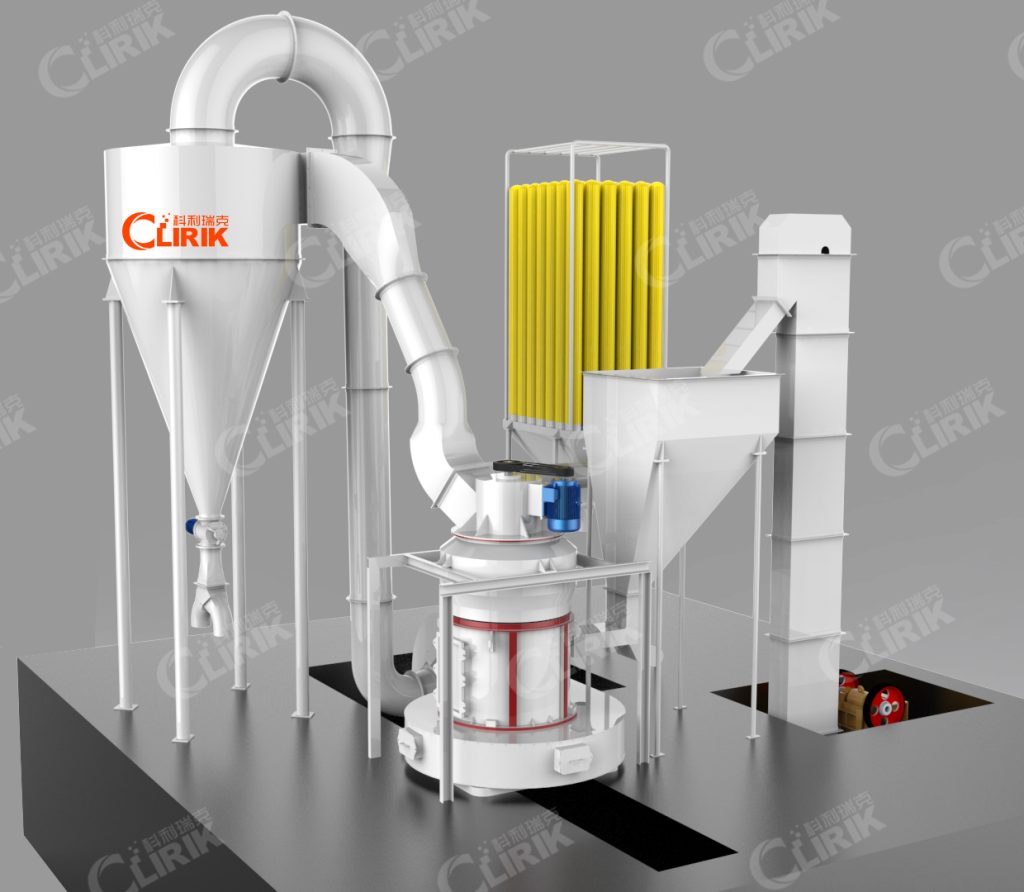 Which Type of Grinding MillShould be Used for Making Pyrophyllite Powder?" title="Which Type of Grinding MillShould be Used for Making Pyrophyllite Powder?-Raymond mill, Raymond roller mill can be used in more than 300 kinds of minerals powder grinding, Shanghai Clirik YGM Raymond Mill" >
Which Type of Grinding MillShould be Used for Making Pyrophyllite Powder?" title="Which Type of Grinding MillShould be Used for Making Pyrophyllite Powder?-Raymond mill, Raymond roller mill can be used in more than 300 kinds of minerals powder grinding, Shanghai Clirik YGM Raymond Mill" >YGM Raymond Mill
Capacity: 1-50 t/h
Feed Size: 35 mm
Powder Fineness: 80-325 mesh
The working principle is straightforward and user-friendly. The product offers numerous advantages, including a low overall investment cost, ease of maintenance, low operational expenses, high reliability, and a high level of automation. Additionally, it exhibits strong drying capabilities to ensure stable product quality while being environmentally friendly with exceptional grinding efficiency.
The standard configuration of the high-pressure mill includes the main engine, reducer, powder classifier, cyclone deduster, dust collector, blower, control cabinet motor, and pipeline. Optional accessories comprise a crusher and bucket elevator with a feeder.The jaw crusher breaks down the large material into the required particle size before being conveyed to the storage hopper by the bucket elevator. It is then uniformly and continuously fed into the main machine for grinding through a vibration feeder. The ground powder is transported by airflow from the blower to the classifier for grading. Particles that meet the desired fineness are directed through a pipe to be collected in the cyclone collector where they are separated and discharged as finished products via a discharge valve. Air is drawn into the blower through a return pipe at the top of cyclone while maintaining positive and negative pressure throughout this sealed cycle air flow system.
Clirik is a reputable manufacturer of mining machinery and equipment, renowned for their global popularity. If you have any interest in our top-notch equipment, please feel free to contact us using the information provided on this page. Moreover, we boast a team of highly skilled engineers and technicians who are capable of tailoring machinery and equipment to meet your specific requirements, ensuring that they perfectly suit your needs. We eagerly await your call!